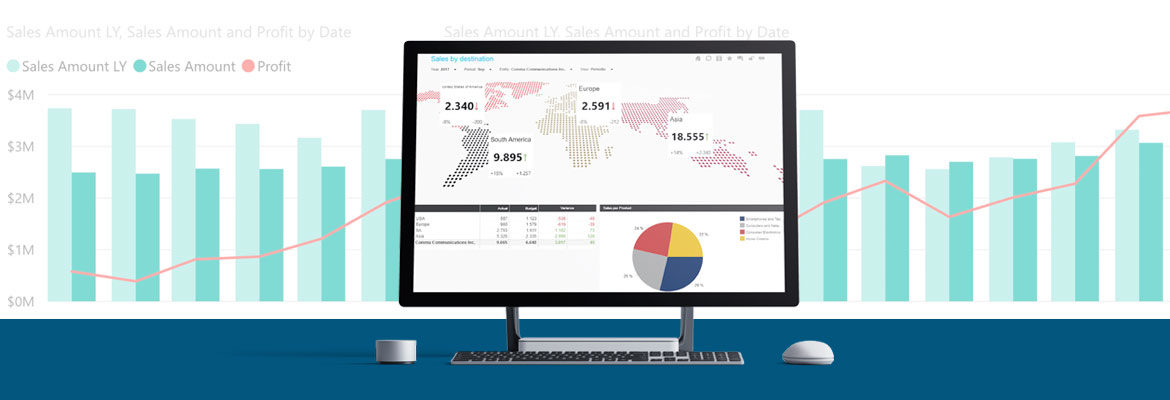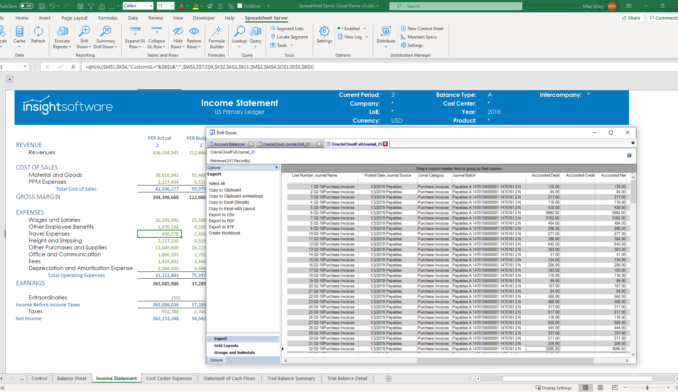Key performance indicators provide quantitative assessments of how well your organization is achieving its goals. They confirm whether the strategy behind business performance management is successful, such as monitoring call lengths and escalation rates to determine how well customer service is performing. KPIs can be utilized at every level of your company to furnish comprehensive performance data, but you must be able to glean actionable insights from the data you collect. In short, KPIs are worthless for driving business performance management if they aren’t tied to real efforts.
Components of an Effective KPI
Not all KPIs are created equal, and more data is not always better, as valuable insights can easily become lost in a sea of numbers. The most effective KPIs describe only the most critical points, those that have the most effect on performance, and ultimately, the bottom line. So the length of time a representative spends on the phone with a customer may be important, but not nearly as important as how many times a customer was unsatisfied with first-tier support and had to escalate the matter to a supervisor. That’s the number that tells you how well you’re serving your clientele, not just how fast you’re getting them off of the phone.
The second element of an effective KPI is that it allows you to take action. Good KPIs don’t just tell you what’s going on, they provide clues as to how to either fix or enhance the results. Keeping with the previous example, if you know how many times a first-tier rep was unable to help a customer, you can use analytics to delve deeper into the data and find out which calls were more likely to require escalation. You can then increase training in those areas or provide your reps with additional capabilities so that they are able to provide the necessary level of service. KPIs shouldn’t be left to the uneducated guesses and assumptions. Don’t just go with what data suggests, analyze it to determine what the data is really saying.
Getting the Most from Your KPIs
Leveraging the insights you receive means incorporating them into your overall KPI pyramid. This strategy blueprint will allow you to transform your key performance indicators from mere data points into relevant information and actionable goals. While the pyramid itself consists of six levels, there are only three steps to maximizing the utility of KPIs:
- Convert your overall corporate vision into actual operational objectives and then link these goals to individual KPIs.
- Use analytics to assess where you currently stand and predict future performance.
- Allocate your resources as necessary to improve or optimize your metrics.
Of course, ensuring that your KPIs are effective means finding the specific criteria that have the greatest impact on your bottom line. These factors will vary depending on your industry, organizational structure, and customer base, so it’s imperative that you have a firm understanding of which metrics will provide the most meaning for your company. It’s also important that you keep track of the trends that measuring KPIs reveal. This is the only way to tie measurements into goals and goals into your BPM activities.
Leveraging Business Performance Management Tools
Business Performance Management (BPM) encompasses a range of applications including enterprise performance management, strategic corporate performance management, business intelligence tools, and financial corporate performance management (FCPM) solutions. Ultimately, a BPM solution should measure financial KPIs as well as enterprise-wide KPIs. Depending on what you want to measure, you may prefer one solution over another. FCPM, for instance, may be more helpful in driving business performance management initiatives that focus on profits as it deals with financial data consolidation, reporting, financial forecasting, and accounting reconciliation. In turn, the KPIs that are most relevant may include your burn rate, accounts receivable process costs, budget variances, and sales growth.
In addition, data visualization can provide the high-level perspective necessary for comprehensive insights as well as the granular viewpoint needed to understand how each data point comes together. This should be in the form of a detailed dashboard that unifies the information that’s taken from across the organization, enabling you to tell a story about where your company is, and where it’s going. Learn more about effectively using KPIs with our guide.








